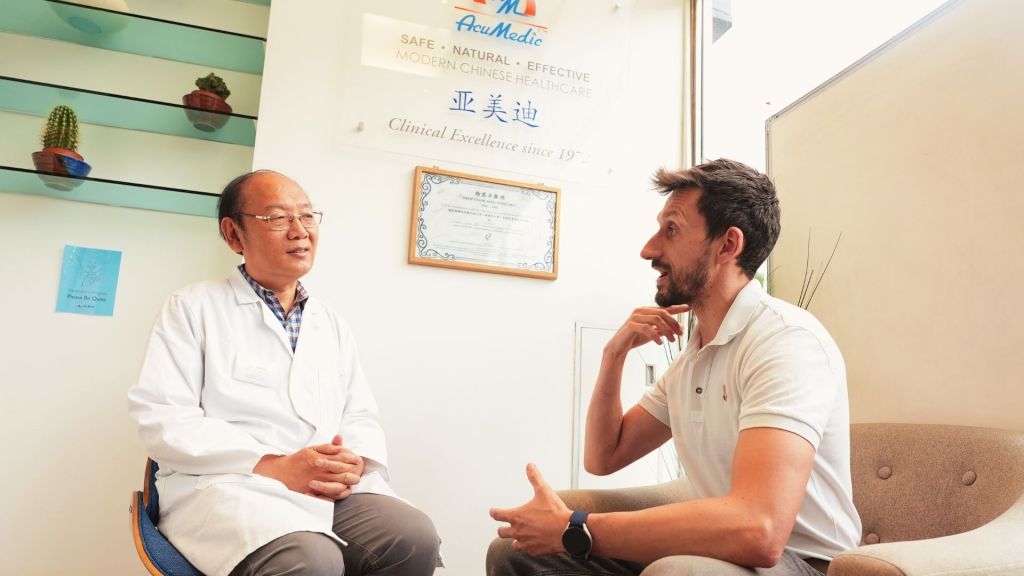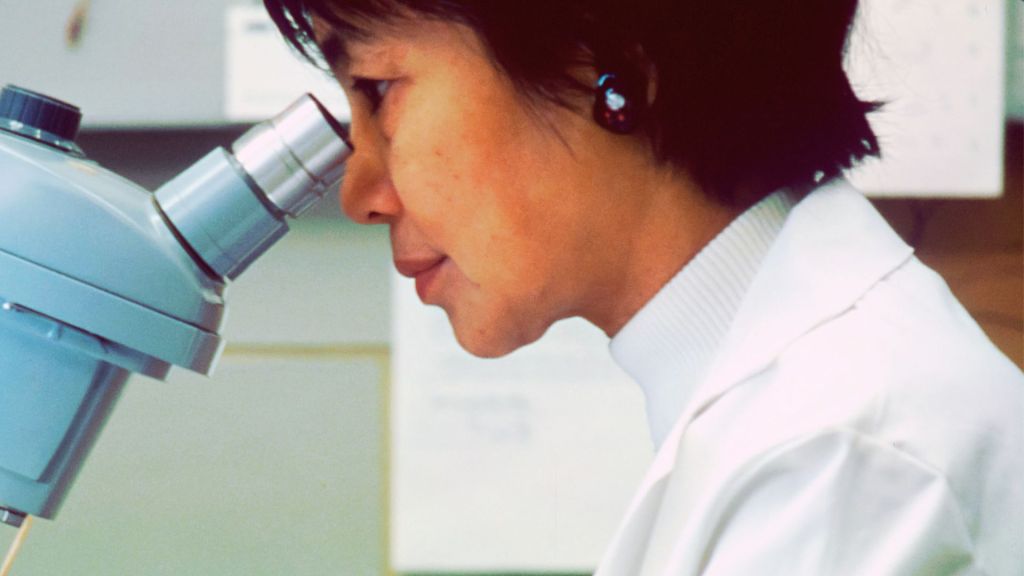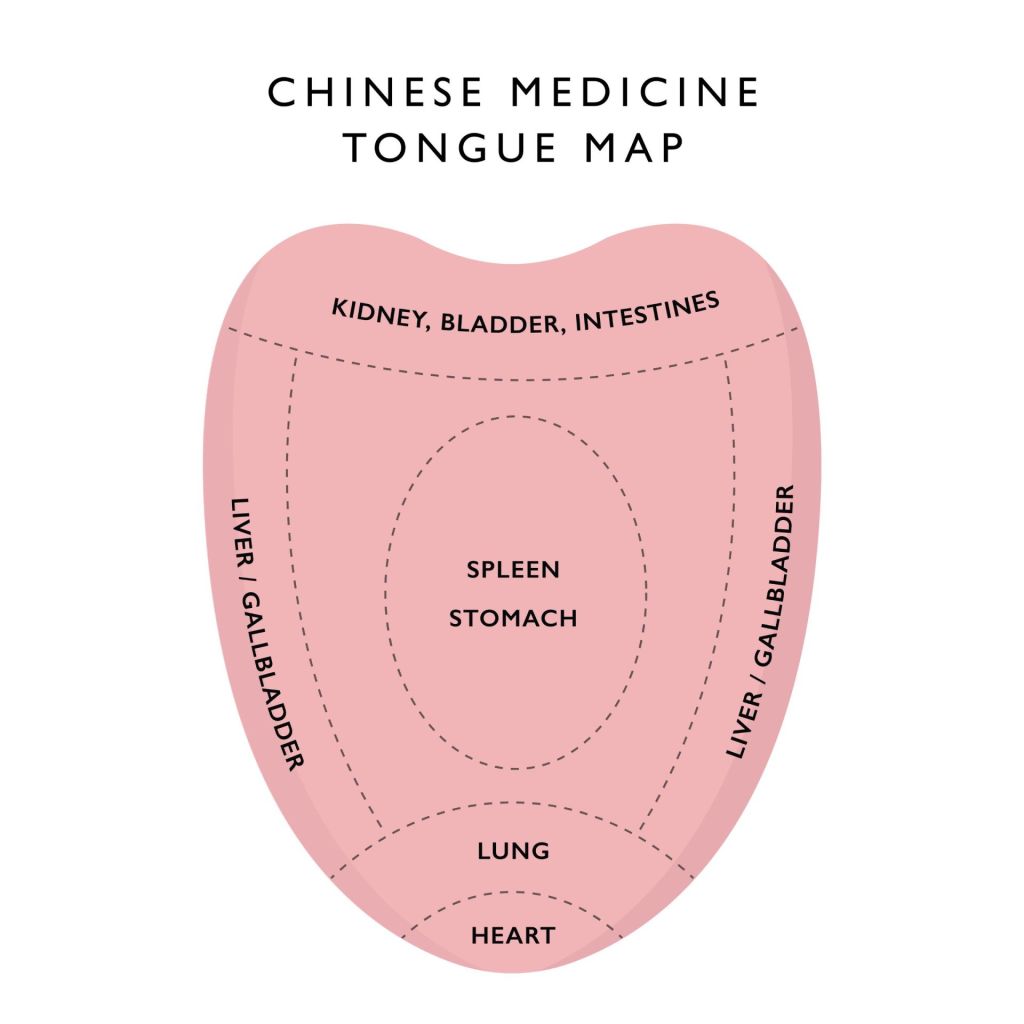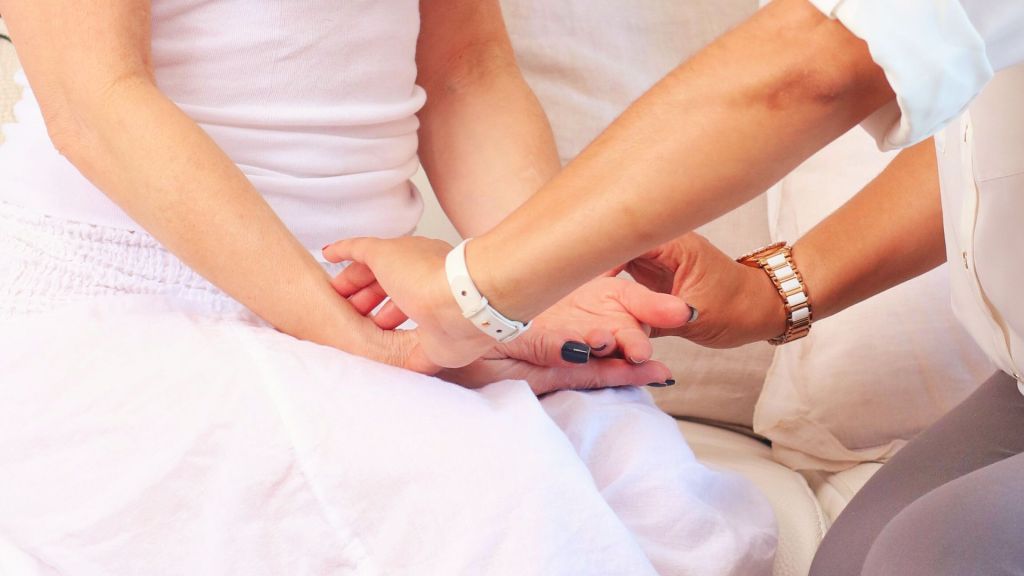
In both Eastern and Western medicine, diagnosis is an essential tool used to collect and analyse clinical information and decide on the most optimal course of action.
In Chinese Medicine, diagnosis is the premise and foundation of all treatments and therapies. Its primary objective is to establish the root cause of a disorder and address the underlying imbalance – rather than focusing on the symptoms or the specific condition – in order to prevent the disorder from possibly reoccurring over time.
As a comprehensive medical model driven by a unique ‘ecological’ approach, Chinese Medicine looks at the individual as a dynamic and organic whole, closely intertwined with and adapting to a constantly shifting and often challenging environment.
For this reason, according to Chinese Medicine, we should not isolate a person’s disorder from their mental and emotional state, lifestyle, surroundings and the wider ecosystem.
The Four Techniques
Chinese Medicine physicians rely on four, detailed and equally important diagnostic modalities, built on centuries of documented research and practice:
- Observation
- Questioning
- Tongue Diagnosis
- Pulse Diagnosis
While some techniques are unique to Chinese Medicine, others might look familiar as they are somewhat similar to those used in Western medicine.
Following is a concise overview of each of them.

1. Observation
‘Observation’ consists of a systematic examination of the individual, seen as a unique combination of the physical body, emotions, thoughts and subtler levels of consciousness.
Observation will start from any observable physical symptoms but will also extend to include a person’s general appearance and constitution, complexion and posture, bodily odours, the sound of their voice, breath and other sounds (such as coughing, hiccoughs, sighing and sneezing, belching, etc.), together with their vitality and demeanour, and apparent emotional and mental states.
Close attention will also be paid to the patient’s face, its shape, complexion, colours, main features, expression and marks. All of these elements can offer some insight relevant to diagnosis.
In Chinese Medicine, observation is used to understand not only the present condition of internal organs and systems, but also past trauma or stresses, and specific expressive tendencies that come from one’s own unique emotional ‘constitution’.
The subtle nuances caught by looking at the individual as a whole can provide a valuable first glance into a person’s degree of physical, mental and emotional health.

2. Questioning
‘Questioning or inquiring’ is the diagnostic process that people are most familiar with in Western medicine. It usually involves asking the patient about noticeable symptoms or signs, the history of the disease, their family health history, and their own subjective sensations.
A Chinese Medicine physician will typically ask these same questions and more. As might be expected, some of these will delve into the main complaint or condition. Others will revolve, unexpectedly, around other areas ranging from sleep, appetite, diet and lifestyle to emotional issues, stressful periods and any other aspects of the individual’s life, relationships and surroundings that may be relevant.
While some of these questions might sound odd or unusual and seemingly unrelated to the condition, they are crucial for the assessment. They provide a wider and more accurate picture of the individual and the possible Syndromes at play, allowing practitioners to determine the most suitable and effective treatment course.
3. Tongue Diagnosis
In Chinese Medicine ‘tongue diagnosis’ is an essential part of a medical evaluation as it provides visible clues to a patient’s pattern of disease and valuable clinical data on their overall state of health.
The tongue is thought to be a reliable and objective mirror or map to the rest of the body and of what’s taking place within.
As the tongue reflects gradual changes, it can offer an accurate picture of the present and a peek into the past, revealing constitutional weaknesses or imbalances that might have led to the present concerns.
When looking at the tongue, the overall body, shape, size, colour, coat and texture are examined, together with cracks and other markings. The position of any observations are also important in the eye of the physician, as different parts of the tongue correspond to different organs and can reveal underlying conditions.

A ‘normal’ and relatively healthy-looking tongue should be pale red, of medium thickness with a thin white coating and slightly moist. What does yours say?

4. Pulse Diagnosis
In Eastern and Western medicine, pulse diagnosis is a key diagnostic tool.
But while in Western Medicine, it’s used to determine a limited set of variables, such as heart rate and pressure, in Chinese medicine, pulse diagnosis is a more complex and subtle process supported by centuries of traditional practice.
In the traditional method of pulse diagnosis, the pulse is taken by placing 3 fingers at the radial artery in both wrists and at three main positions: front, middle, and rear. Each wrist and position correlates with different Zang-fu organ systems.
The pulse is felt at three depths or levels of pressure: superficial, middle, and deep. Finally, there are about 28 different pulse qualities or attributes.
Chinese Medicine physicians will look for more than pulse rate alone when feeling a patient’s pulse. They will look for any differences felt between the right and left wrist and under each of the fingers and examine rate, depth and overall quality.
A huge amount of information can be accessed from nuances in the pulse – from the location of the disease to the type of pathological condition. It takes several years of practice and fine-tuning for Chinese Medicine practitioners to be able to identify and read these subtleties.

Putting it all Together
By gathering all the diagnostic pieces together, a Chinese Medicine physician will be able to identify the syndrome or syndromes the client might be suffering from and determine a suitable treatment strategy to promote and assist the healing process.
All treatment plans will be custom-tailored and flexible, adjusted according to individual needs, constitution and lifestyle, and modified subject to any new data gained at every session.
This Chinese Medicine approach to individualised Syndrome diagnosis means that the same symptoms will be treated differently from person to person and always adjusted to their changing needs.
